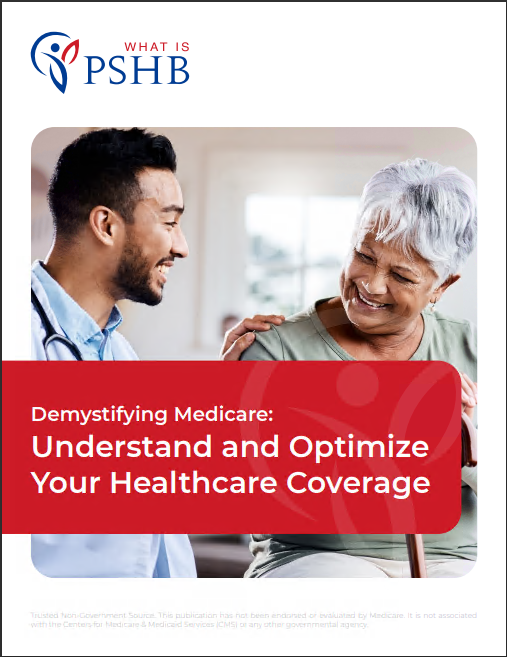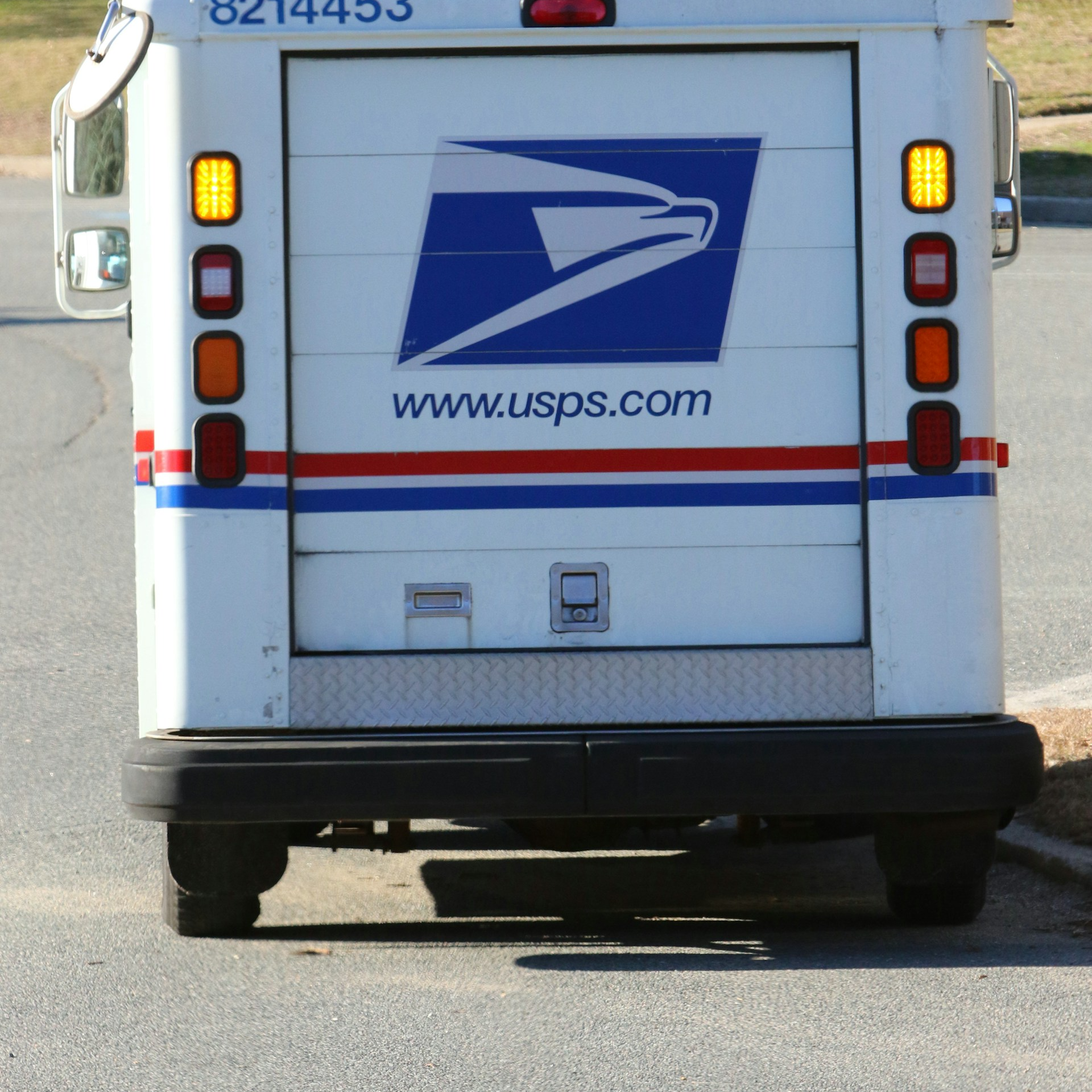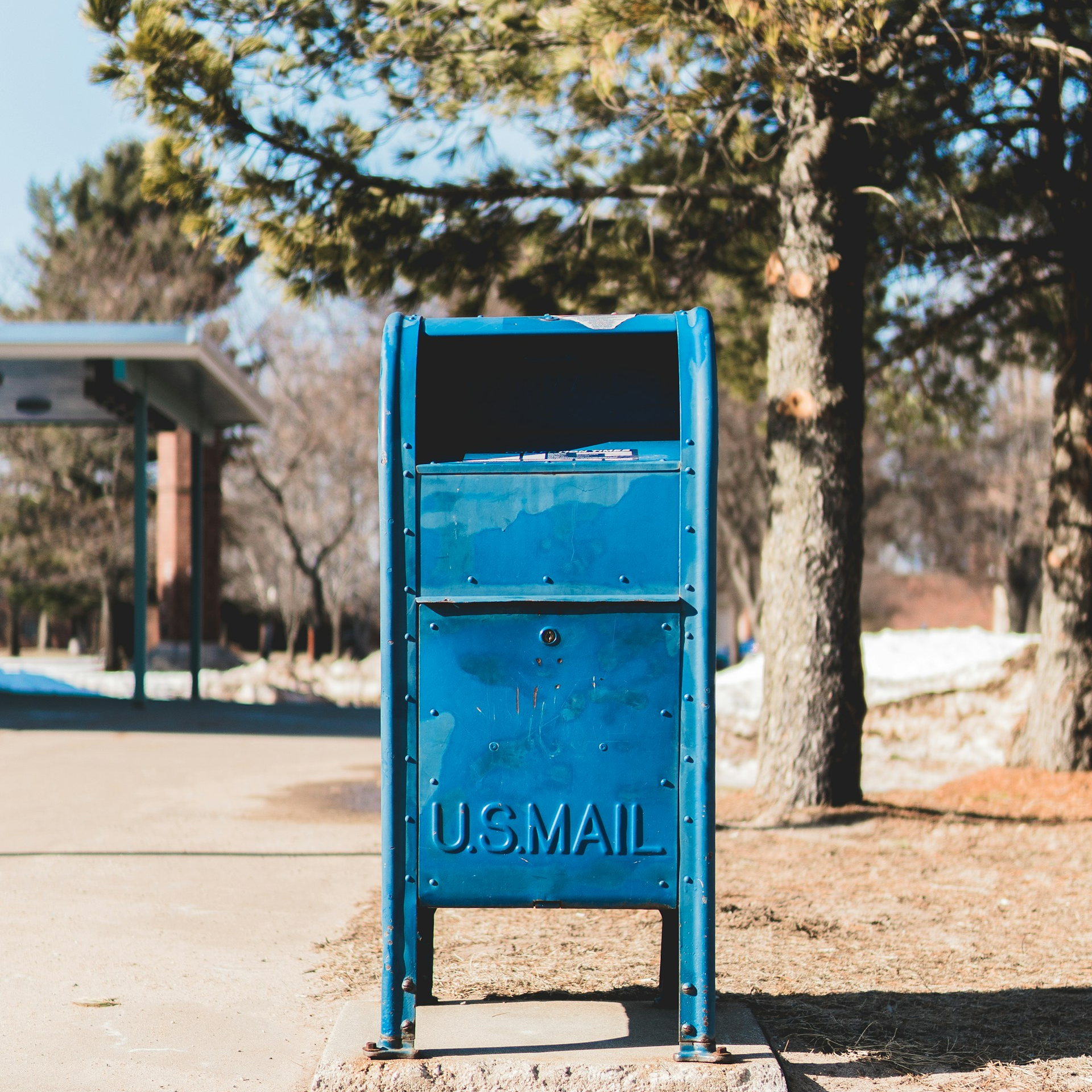Key Takeaways
-
The 2025 changes to Postal Service Health Benefits (PSHB) will significantly impact premiums, deductibles, and care options for USPS workers and retirees.
-
Understanding how Medicare integration and tailored plan options reshape healthcare can help you make informed decisions and avoid unnecessary costs.
Big Changes to USPS Health Benefits
Starting January 2025, the Postal Service Health Benefits (PSHB) program will replace the Federal Employees Health Benefits (FEHB) program, bringing major changes to premiums, deductibles, and care options. This new system is tailored specifically for USPS employees and retirees, emphasizing affordability, Medicare integration, and more targeted coverage options.
As you prepare for these changes, it’s essential to understand how they’ll affect your health plan choices, costs, and overall healthcare experience. With proactive planning, you can make the most of the benefits offered by PSHB while avoiding pitfalls.
What’s Different About PSHB?
The PSHB program isn’t just a rebranding of FEHB; it’s a fundamental shift designed to better serve USPS workers and retirees. Key differences include:
-
Focused Plan Options: PSHB plans are exclusively tailored for the USPS workforce, offering more relevant benefits compared to the broader FEHB system.
-
Mandatory Medicare Part B Enrollment: Retirees eligible for Medicare must enroll in Part B to maintain PSHB coverage. This ensures a smoother coordination of benefits and reduces out-of-pocket expenses.
-
Prescription Drug Cap: Medicare Part D’s $2,000 annual cap on out-of-pocket prescription costs begins in 2025, easing financial stress for retirees requiring ongoing medications.
-
Simplified Choices: While FEHB offered a vast array of plans, PSHB narrows the selection to make choosing the right coverage easier.
These targeted changes aim to provide better value and a more efficient healthcare experience for USPS employees and their families.
Medicare’s Role in PSHB
One of the biggest changes under PSHB is its reliance on Medicare for retirees. Here’s how Medicare integration reshapes your healthcare:
-
Seamless Coordination: By requiring Medicare Part B enrollment, PSHB ensures that Medicare and your health plan work together to provide comprehensive coverage for hospital stays, outpatient care, and preventive services.
-
Reduced Prescription Costs: The $2,000 annual cap on out-of-pocket drug expenses under Medicare Part D is a significant improvement for retirees managing chronic conditions or expensive prescriptions.
-
Comprehensive Care: Combining Medicare and PSHB creates a safety net that reduces coverage gaps and offers predictable healthcare costs.
If you’re approaching Medicare eligibility, now is the time to familiarize yourself with enrollment requirements and deadlines to avoid penalties and ensure uninterrupted coverage.
How Premiums and Deductibles Will Change
Under PSHB, USPS employees and retirees can expect shifts in how premiums and deductibles are structured. While exact costs vary by plan, the program emphasizes:
-
Cost Management: Tailored plans under PSHB aim to balance affordability with comprehensive coverage, potentially reducing your overall financial burden.
-
Predictable Out-of-Pocket Costs: With features like the prescription drug cap and Medicare integration, you’ll have fewer unexpected expenses, making budgeting easier.
-
Family Coverage Options: Dependents remain covered under PSHB plans, ensuring that family healthcare needs are met without excessive costs.
Understanding these changes now will help you plan for 2025 and beyond, ensuring your budget aligns with your healthcare needs.
Key Dates You Need to Know
Navigating the transition to PSHB successfully requires paying attention to critical deadlines:
-
2024 Open Season (November 11 to December 9): This is your chance to review and select a PSHB plan for the coming year. Don’t wait until the last minute—use this window to explore options and choose the best plan for your needs.
-
Medicare Initial Enrollment Period (IEP): If you’re nearing 65, your IEP begins three months before your birthday month and ends three months after. Aligning this enrollment with PSHB is essential for retirees.
-
Special Enrollment Periods (SEPs): Major life events like retirement, moving, or losing other coverage may qualify you for an SEP, allowing adjustments outside of Open Season.
Mark these dates to avoid penalties or gaps in coverage.
How These Changes Impact Families
The PSHB program isn’t just about individual workers or retirees; it’s designed to support USPS families as well. Here’s how the new system benefits your loved ones:
-
Dependents Remain Covered: Spouses and eligible children continue to have access to healthcare under PSHB plans.
-
Simplified Costs: With predictable premiums and the prescription drug cost cap, families can better manage their healthcare budgets.
-
Improved Benefits Coordination: USPS families benefit from streamlined coverage options that reduce confusion and enhance access to necessary services.
By understanding these changes, you can ensure your entire family is prepared for the transition.
Steps You Can Take Now
Don’t wait until the last minute to prepare for PSHB. Taking action now can save you from potential headaches later. Here’s what you should do:
-
Evaluate Your Current Plan: Review your FEHB benefits and identify what’s working and what could improve. Use this as a reference when exploring PSHB options.
-
Understand Medicare Requirements: If you’re eligible, confirm your enrollment in Medicare Part B. If not, plan ahead for your Initial Enrollment Period to avoid penalties.
-
Research PSHB Plans: USPS will provide comparison tools to help you evaluate coverage, premiums, and deductibles. Use these to make informed decisions.
-
Budget for Changes: Account for potential shifts in premiums, deductibles, and out-of-pocket costs. Planning now ensures no surprises.
-
Act During Open Season: November 2024 is your opportunity to choose a plan that fits your needs. Review options early and avoid default enrollments.
These proactive steps will help ensure a smooth transition to PSHB in 2025.
The Risks of Not Preparing
Failing to engage with the PSHB transition could lead to serious issues, including:
-
Default Enrollment: If you don’t select a plan, you may be automatically assigned a default option that doesn’t meet your specific needs.
-
Medicare Penalties: Delayed enrollment in Medicare Part B can result in lifelong penalties, increasing your monthly premiums.
-
Coverage Gaps: Without proper coordination between Medicare and PSHB, you could face interruptions in healthcare services or unexpected expenses.
Avoid these pitfalls by staying informed and taking action early.
Maximizing Your PSHB Benefits
PSHB offers new opportunities to optimize your healthcare. Here’s how to make the most of your coverage:
-
Stay Informed: USPS will provide updates and resources to guide you through the transition. Take advantage of these materials to understand your options fully.
-
Ask Questions: Reach out to USPS or Medicare representatives if you have concerns about plan details or enrollment processes.
-
Think Ahead: Choose a plan that not only meets your current healthcare needs but also provides flexibility for future changes.
-
Review Annually: Even after selecting a plan, revisit your choice each year to ensure it aligns with your evolving needs.
By following these tips, you can maximize your benefits under the PSHB program and ensure your healthcare remains effective and affordable.
Planning Ahead for Better Coverage
The transition to the Postal Service Health Benefits program is more than just a policy update—it’s a chance to improve how USPS employees and retirees manage their healthcare. By staying informed, preparing early, and making thoughtful choices, you can ensure that you and your family are ready for the changes coming in 2025. Don’t wait—start planning today to make the most of these updates.












